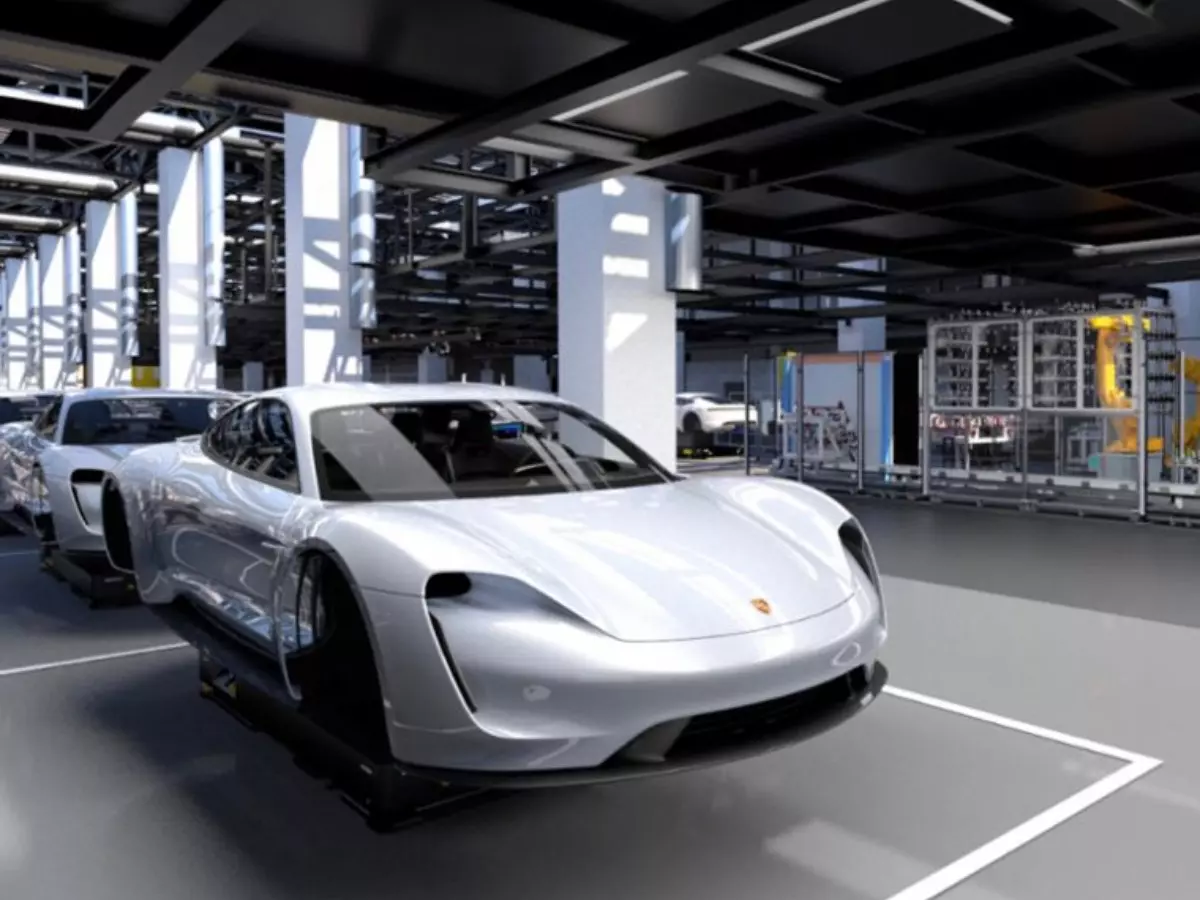Future Porsche Cars Will Alter Driving Characteristics Based On Real-Time Data
Porsche will use tactile data from existing sensors in its future cars. The data will be processed by Israel-based startup Tactile Mobility. The company was able to raise $9 million in October last year with Porsche being a minority investor.

Porsche reiterated its promise of using tactile data for making its future cars better and supportive of future vehicle technologies, at the EcoMotion Conference held online this year. The tactile data will be obtained from a processing method belonging to Israel-based autotech startup Tactile Mobility.
Founded in 2012, Tactile Mobility develops processes to analyse the data obtained from the existing physical sensors in cars. The data extrapolated by the company¡¯s AI-backed mechanism reveals much more information about the condition of vehicles and roads than any regular sensor systems do.
The tactile data mentioned here has a potential to improve the assessment of the friction coefficient between tyres and the road surface in a moving vehicle. Additional use-cases include ¡°predictive servicing and optimisation of the battery management,¡± as per Porsche.
 (Representative Image: Porsche)
(Representative Image: Porsche)
In addition, the data can provide valuable information on the vehicle¡¯s condition. This includes analysing the engine and brake efficiency through a real-time generated data.
In practice, this data can configure your vehicle performance on-the-go. Tactile data from the car¡¯s existing sensors can be used to determine the road quality and alter tire grip and other vehicle functions accordingly.
In essence, the processes by Tactile Mobility are aimed to enable future adaptive driving systems in Porsche cars. The system can also be a huge boost to the autonomous capability of a car but since Porsche believes in humans being behind the wheel, it will only use it in driver assistance systems.
Porsche laid its trust on Tactile Mobility last year too. The Isreali company was able to raise $9 million in October last year, with Porsche being a minority investor in the round. The idea was just as it is today - generation and analysis of tactile data from future Porsche cars. The data can then be used to improve the vehicle itself.
Porsche has always been careful about what goes into the making of its vehicles. If it deems it fit to appoint an analysis system in place for learning from the tactile data its cars gain, it might just be time for other car makers to catch up to the idea.
